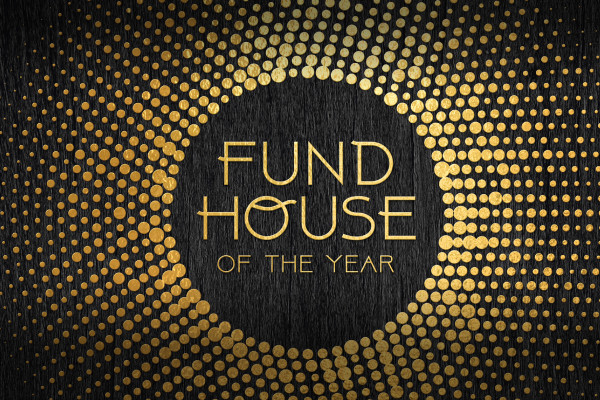In general, repeat inclusions are slightly thinner on the ground this year than last. In Table 1, only Janus Henderson, Royal London Asset Management and Columbia Threadneedle return in the large investment category. Among the mid-sized groups, only Baillie Gifford, Polar Capital and T Rowe Price were present last year. Sanford DeLand – the team behind the UK Buffettology fund – and Lindsell Train complete the list of returning fund firms.
Consistency improves slightly when considering the best companies by sector decile. Henderson, RLAM and Threadneedle again keep their places from last year, as do BlackRock and Axa Investment Managers. Baillie Gifford also returns, as does Liontrust, in the mid-sized category. Of the smallest firms, Sanford DeLand and Lindsell Train are still present, and Seneca also makes the list for a second consecutive year.
Individual and sector standouts
This year’s single best-performing fund is Axa Framlington Global Technology, which turned £1,000 into £1,314 over the period. It is closely followed by Fidelity’s own technology portfolio, which returned £1,290. This is all the more notable for the fact that the typical technology strategy – including those run by Axa IM and Fidelity – shed more than 10 per cent in the final quarter of 2018.
Despite that slump, five of the 10 best portfolios of the year invest solely in the technology sector. Of the other five, three focus on the tech-heavy US equity market – Comgest Growth America, UBS US Growth and Axa Framlington American Growth. The two remaining top picks are Baillie Gifford Global Discovery, a global smaller companies portfolio, and the Blue Whale Growth fund. Blue Whale, backed by Peter Hargreaves, only launched in September 2017, but its sole portfolio – a global equity strategy run by former Artemis manager Stephen Yiu – has been quick out of the blocks.
But not all were able to muster positive returns for the period – far from it. As Table 3 shows, in some sectors no fund group was able to do so across their relevant fund range: many of the best businesses running money in Japanese equities nevertheless saw their funds make a loss over the 12-month period. In the case of Syz & Co and Matthews Asia in the Japan category, their returns are also below that of the MSCI Japan, which turned £1,000 into £971.
The inclusion of firms like those in Table 3 is sometimes because there simply are not enough firms of the right size operating in that sector, but they also underline how risk assets did not have it all their own way over the past year.











